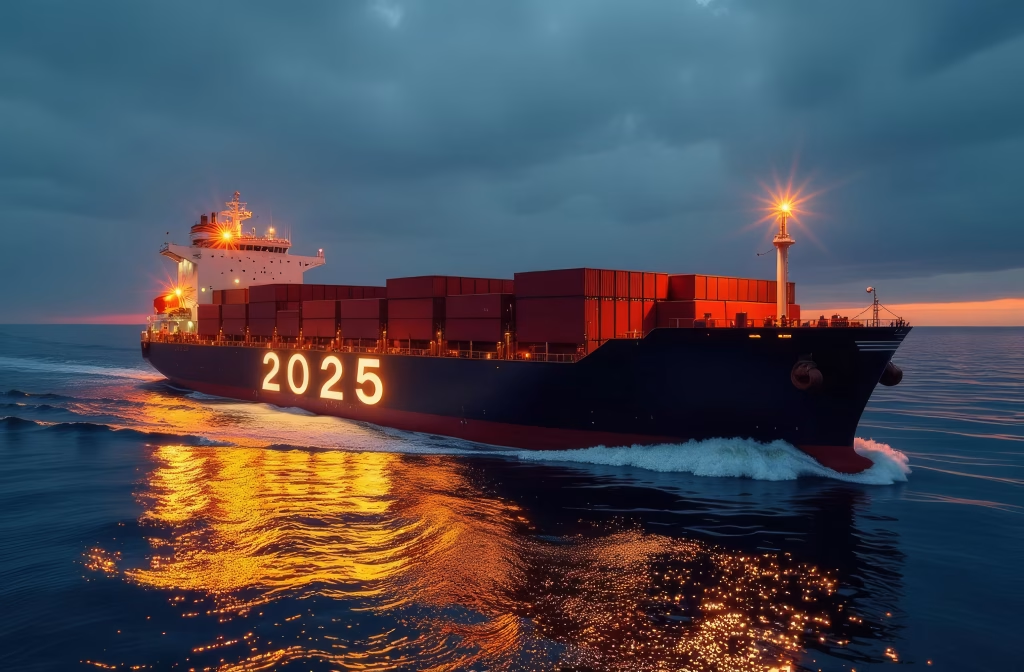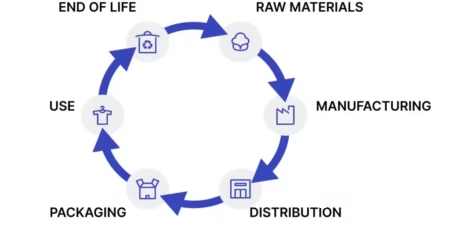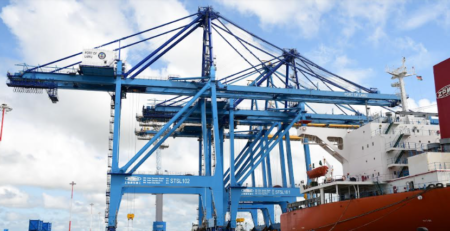No More Waiting: Why 2025 Marks the End of Paper Bills in Ocean Shipping

By Maria Kalamatas | May 9, 2025
Singapore —
A quiet but transformative shift is happening in the maritime sector. In 2025, more shipping firms are walking away from paper documentation — particularly the bill of lading — in favor of fast, verifiable digital alternatives. And it’s not just about convenience. It’s about control, clarity, and competitive edge.
“Paper held us back for years,” said Lara Ocampo, senior advisor at Asia Pacific Shipping Forum. “Digital bills aren’t a tech trend — they’re becoming the standard tool of trust.”
The old delays are gone
For generations, ocean freight relied on physical paperwork to confirm ownership and authorize cargo release. That meant delays were routine — even expected. Paper could be misplaced, signatures could be delayed, and couriers added days to the process.
But that era is ending. According to the latest data from the DCSA, more than 40% of global ocean shipments are now supported by electronic bills of lading (eBLs). In 2022, that figure was closer to 13%.
Carriers like Hapag-Lloyd and MSC have already rolled out eBLs across key lanes, cutting average release times from a week to just a day.
Savings beyond the surface
A fully digital bill doesn’t just move faster — it costs less. Research from the International Chamber of Commerce estimates potential annual savings of $6.5 billion if global shipping switches entirely to eBLs.
“Each paper handoff created friction,” noted Matteo Ruiz, who manages digital tools at CargoLogic. “What used to cost us time and money now happens instantly.”
Ruiz also mentioned that eBLs have drastically reduced customer complaints and reduced their dependency on legal backup during disputes.
Behind the tech: confidence
What’s powering this shift isn’t just faster software — it’s better trust. Platforms like WaveBL and CargoX use blockchain to protect documents from tampering and to provide an exact record of every access point.
At the same time, governments are catching up. Singapore, Bahrain, and the UK have passed laws recognizing digital bills as equal to physical ones. The EU is working toward a coordinated framework by next year.
“Now that the legal systems align with the tech,” said Ocampo, “there’s no excuse for sticking to paper.”
Bigger than a document
What began as a simple efficiency project has become something more. With eBLs in place, companies can start building systems for automated customs, smarter risk management, and real-time contract execution.
Shipping firms that embrace the shift are already seeing ripple effects in how they handle client onboarding, invoicing, and port coordination.
Final thought
In an industry defined by movement, it’s surprising how long the paperwork stayed still. But in 2025, that’s changing fast. For the first time, the bill of lading — the backbone of global shipping — is moving at the same speed as the cargo it represents.
The post No More Waiting: Why 2025 Marks the End of Paper Bills in Ocean Shipping appeared first on The Logistic News.
Share this post
Related
Posts
Decathlon Introduces Circular Logistics Model to Cut Emissions and Waste
LILLE – July 2, 2025The French sporting goods retailer Decathlon has officially launched a new circular logistics program aimed at...
Kenya’s Lamu Corridor Moves Into the Spotlight as Cargo Shifts North
NAIROBI – July 2, 2025After years of skepticism and political delays, Kenya’s LAPSSET Corridor is finally beginning to show real...
Germany Commits €4 Billion to Rail Freight Modernization Amid Growing Delays
BERLIN — July 2, 2025 “Germany cannot afford to let its logistics backbone crumble. Rail is not just infrastructure — it’s...
Air Cargo Peaks in Saudi Arabia as Pilgrims Begin Post-Hajj Departures
JEDDAH – July 2, 2025As millions of Hajj pilgrims prepare to return home this week, Saudi Arabia’s air freight sector...





